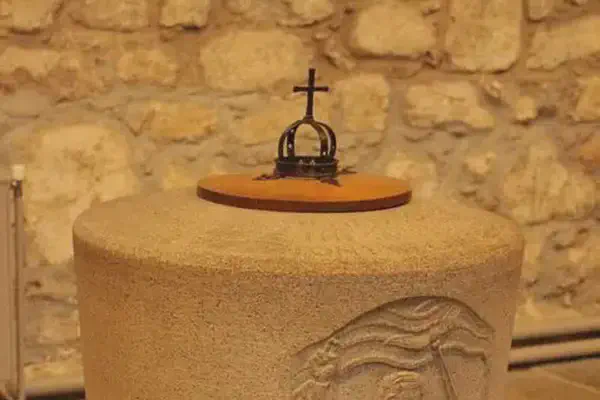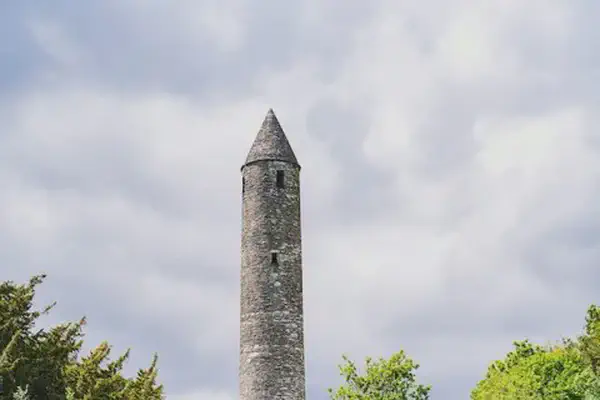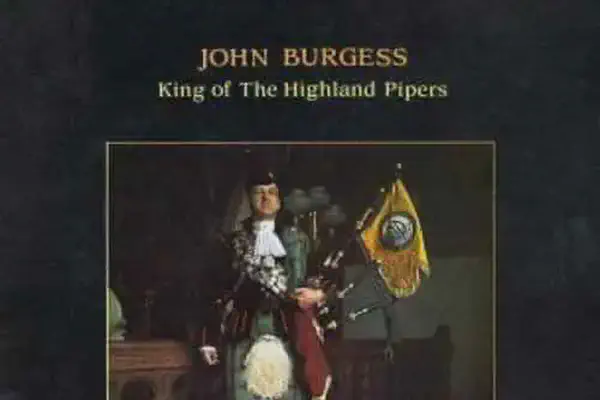On December 17, 1185 in Celtic History
John de courcy was appointed by king henry as justiciar of ireland

As Justiciar, John de Courcy would have served as the chief governor or representative of the English crown in Ireland. This role was crucial during a period when English influence in Ireland was expanding but still faced significant challenges from both Irish chieftains and rival Norman lords.
John De Courcy, of Stoke Courcy, in Somerset, was an Anglo-Norman knight who came to Ireland around the year 1171, brought in as mercenaries working of the Norman invading forces, brought in by one of two feuding minor Irish Kings, Dermot MacMurrough of Leinster and Tiernan O’Rourke of Breifne.
Invasion of Ulster 1177
John was very ambitious and wanted lands for himself. De Courcy’s rise to prominence began with his invasion of Ulster in 1177. He decided to invade the north of Ireland which was controlled by Irish dynasties. In early January 1177, he assembled a small army of 22 knights and 300 foot-soldiers and marched north, at the rate of thirty miles a day. They skirted the back of the Mourne Mountains and took the town of Dún Dá Leathghlas (now Downpatrick) by surprise. After two fierce battles, in February and June 1177, de Courcy defeated the last King of Ulaid, Ruaidhrí Mac Duinnshléibhe.
He did all this without King Henry II’s permission.
Tenure as Justiciar
To receive this prestigious position he must have made his peace with King Henry over his ‘unofficial’ conquest of Ulster.
His appointment as Justiciar indicates that he had gained considerable favor and trust from the English crown. As Justiciar, de Courcy’s responsibilities would have included administering justice, maintaining peace, and managing the crown’s interests in Ireland. This role was essential for the English monarchy’s efforts to assert and maintain control over its Irish territories.
Little is known about de Courcy’s achievements as justiciar apart from the building of two mighty castles, Carrickfergus to dominate the northern part of his territory and Dundrum to guard the south
From then until his expulsion in 1204, he conquered a considerable territory, endowed religious establishments, built abbeys for both the Benedictines and the Cistercians and built strongholds at Dundrum Castle in County Down and Carrickfergus Castle in County Antrim.
Related Content

Shane Patrick Lysaght MacGowan, lead singer of the Pogues, died

St Machar Day, patron saint of Aberdeen

Oíche Shamhna - Cetlic New Year Eve (Halloween)

ALBAN ELFED (Welsh Bardic name for autumn equinox)

Feast day of St. James

John Davie Burgess, King of the Highland Pipers, died at age 71.